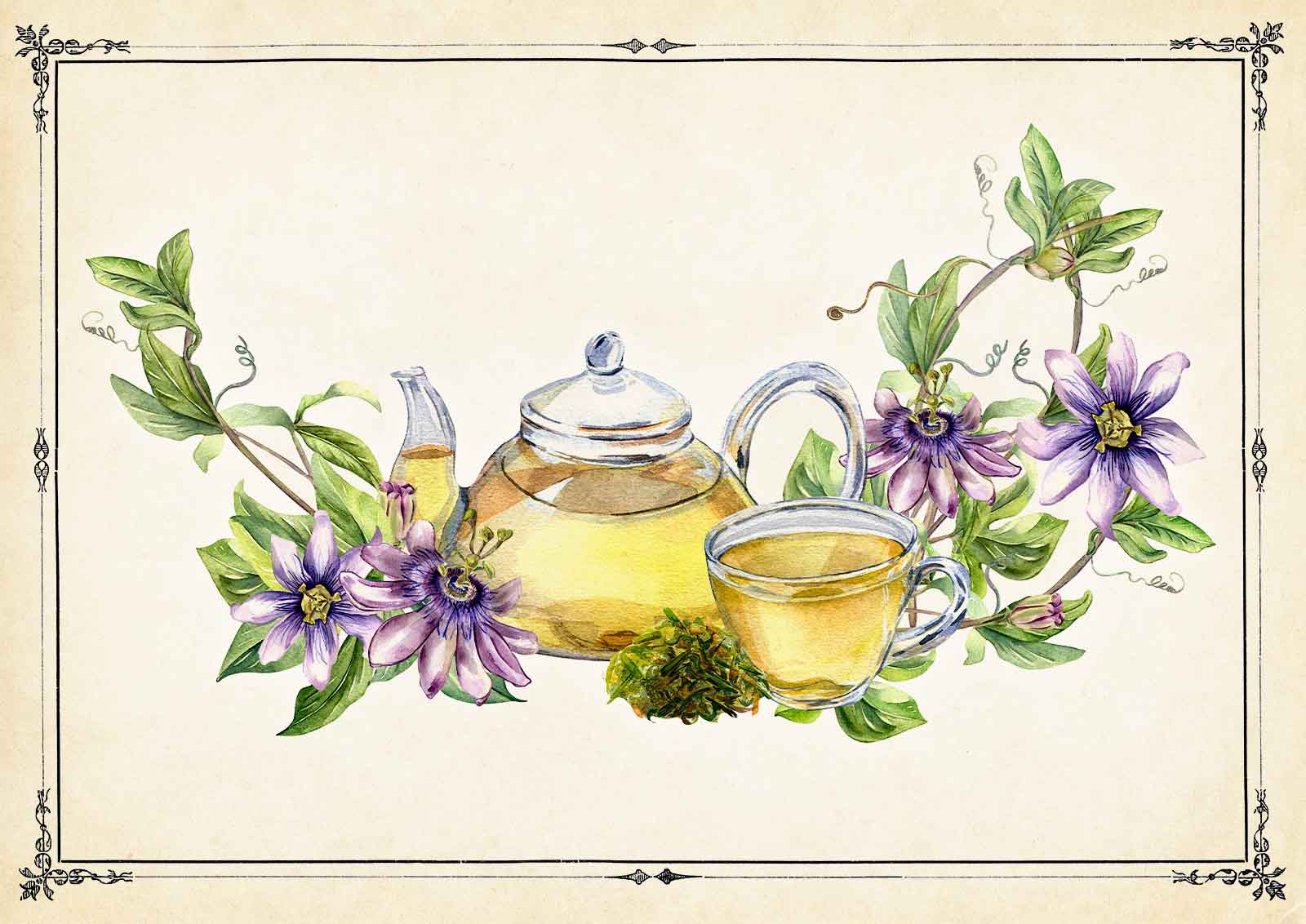Grow your own tea garden
Growing your own tea garden is a fantastic way to enjoy fresh, aromatic herbs right at home.
Whether you have a spacious backyard or a cozy balcony, you can tend a beautiful garden that is useful, too. Here are some tips to get started.
Choose the location
The first step is to find the right spot for your tea garden. Most herbs thrive in sunny conditions. If you have limited space, don’t worry! You can use raised beds or containers on a balcony, patio or windowsill.Prepare the soil
Herbs need well-draining soil to prevent root rot and promote healthy growth. A well-prepared soil mix will provide the right nutrients for your herbs to flourish. If you’re using containers, opt for a high-quality potting mix.Start from seeds or seedlings
You can start your tea garden from seeds or buy young plants from a local nursery. Seeds are cost-effective and come in a wide variety of options, while seedlings give you a head start and are easier for beginners. Then follow the instructions on the seed packet or plant care tag or consult with the nursery for specific guidelines.Water regularly
Most herbs prefer moderate watering. Make sure to water regularly, but don’t overwater — it can lead to root rot.Prune and harvest
Regular pruning encourages bushier growth, so you’ll have a continuous supply of fresh leaves for tea. Harvest herbs in the morning when essential oils are at their peak.Dry the herbs
Drying is a crucial step in preparing most herbs for tea. Here are a few methods you can use:
- Air drying: Tie the herbs into small bundles and hang them upside down in a ventilated area away from direct sunlight.
- Oven drying: Place the herbs on a baking sheet and dry them in an oven set to the lowest temperature (around 150°F) with the door slightly open.
- Dehydrating: Use a food dehydrator, following the manufacturer’s instructions.
Common herbs used in tea

Mint
Parts used for tea: Leaves
Growing tips: Mint can become invasive if not contained. Plant in containers or its own bed to keep it from taking over your garden.

Rose
Parts used for tea: Petals and hips (fruits found under the blossoms)
Growing tips: Roses need a sunny location with well-draining soil. Give them plenty of space and fertilize regularly. Harvest petals when the blooms are just past their peak. Cut slits in the hips to speed up the drying process.

Chamomile
Parts used for tea: Flowers
Growing tips: Chamomile is a hardy perennial that will come back each year. German chamomile (Matricaria chamomilla) is less bitter and more suitable for tea. Harvest the flowers when they’re nearly in full bloom to capture their best flavor.

Ginger
Parts used for tea: Leaves (for a milder flavor) and roots
Growing tips: Cut a store-bought ginger root into pieces with 1 or 2 knobby buds on each piece, and plant them in a 12-inch clay pot. Keep the soil moist but not wet and place it in direct sunlight. Fertilize every few weeks to support growth. Harvest the ginger when it is 8 to 10 months old by digging up the entire plant, trimming the shoots and saving root chunks for replanting. Bring the pot inside when frost begins.
Making herbal tea
Brewing your harvested herbs for tea is easy. Put a teaspoon of dried herbs (or more to taste) in an infuser or teapot with 8 ounces of water and heat until boiling. Let it steep 5 to 10 minutes. Remove the infuser or strain the tea.
While it’s generally safe in moderation, check with a healthcare professional before making herbal tea a regular part of your diet. Some herbs may interact with medications.
Sources: U.S. Department of Agriculture, The University of Vermont Extension, Utah State University Yard and Garden Extension
This story originally appeared in the spring issue of PA Health, our quarterly full-color magazine filled with wellness tips, inspiring stories and more.
Sign up to have PA Health sent to your mailbox or inbox 4 times a year, for free.







